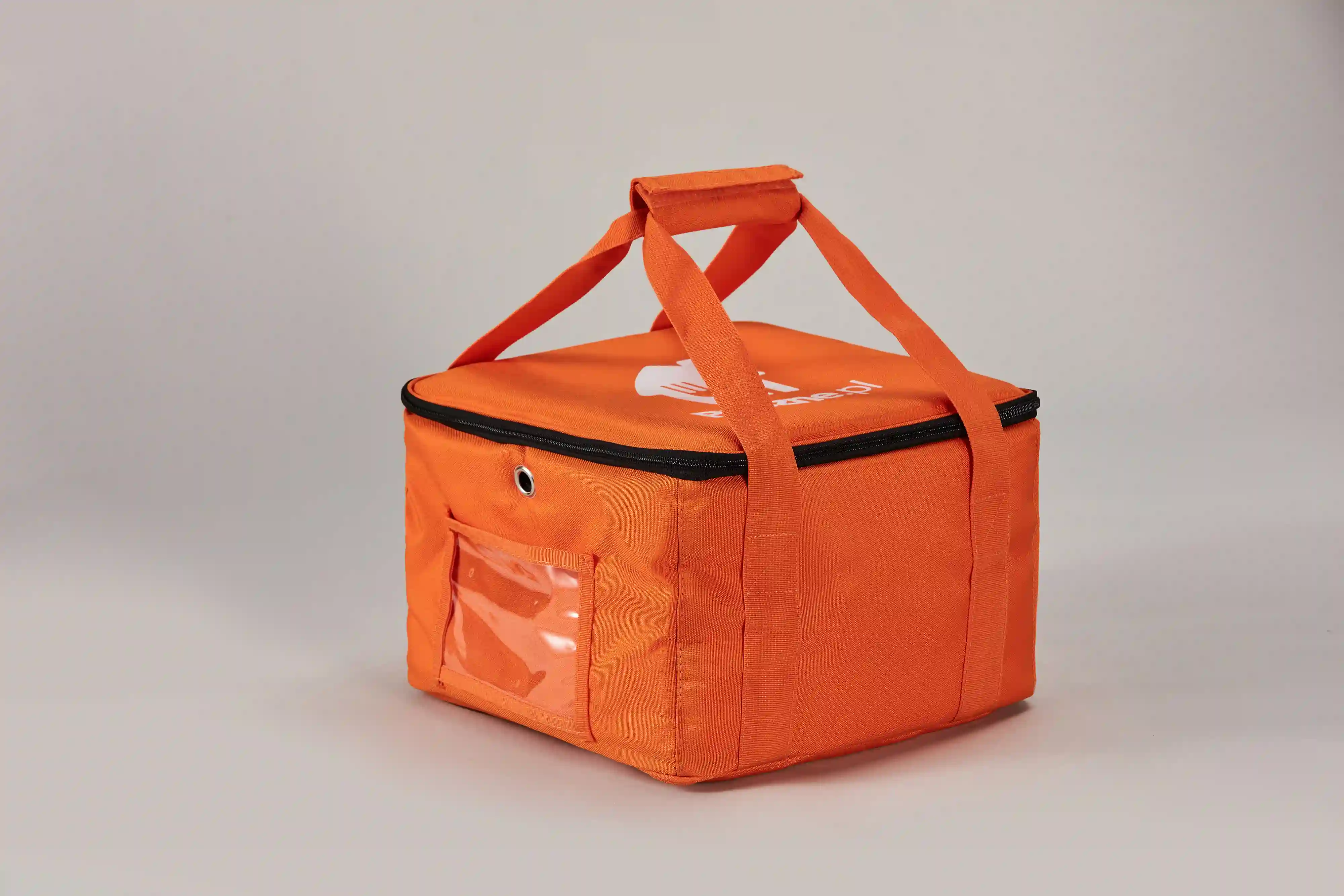In the world of bag manufacturing, the use of advanced machinery plays a pivotal role in ensuring efficient and high-quality production. From cutting and sewing to printing and packaging, each step requires specialized equipment tailored to the specific bag type and material. In this article, we will delve into the essential machines needed to make bags, exploring their functionalities and highlighting their significance in the manufacturing process.
- Cutting Machines:
Precision is paramount when it comes to cutting bag materials. Various cutting machines are employed, depending on the material type and thickness. For fabrics, computerized fabric cutting machines equipped with laser or ultrasonic technology ensure accurate and clean cuts. Similarly, for leather or synthetic materials, hydraulic or die cutting machines provide the necessary precision. - Sewing Machines:
Sewing machines are the backbone of bag manufacturing. Different types of sewing machines are utilized based on the bag style and material. For example, single-needle lockstitch machines are commonly used for stitching fabric bags, while heavy-duty machines with multiple needles and feed mechanisms are preferred for leather or canvas bags. Additionally, specialized machines like bartackers and overlock machines are employed for reinforcing seams and creating decorative stitches. - Printing Machines:
Incorporating designs, logos, or patterns on bags often requires printing machines. Depending on the complexity and material, various printing techniques are utilized. Screen printing machines are commonly used for fabric bags, providing vibrant and long-lasting prints. For more intricate designs or smaller production runs, digital printing machines offer flexibility and high-resolution output. Additionally, heat transfer machines are employed for applying designs on heat-sensitive materials like nylon or polyester. - Laminating Machines:
Laminating machines are essential for adding durability and water resistance to bags. These machines apply a protective layer of film or coating onto the bag material, enhancing its strength and longevity. Hot roll laminators and adhesive laminating machines are commonly used, ensuring a smooth and uniform finish. - Packaging Machines:
Efficient packaging is crucial for the final presentation and protection of bags. Packaging machines such as bagging machines, shrink wrap machines, and vacuum sealers are employed to streamline the packaging process. These machines ensure consistent bag sizes, secure sealing, and efficient labeling, reducing manual labor and enhancing productivity.
Conclusion:
The bag manufacturing industry heavily relies on a range of specialized machines to ensure precision, efficiency, and high-quality production. From cutting and sewing to printing and packaging, each machine plays a vital role in the manufacturing process. By understanding the significance of these machines and their functionalities, manufacturers can optimize their production processes and deliver exceptional bags to meet market demands.


